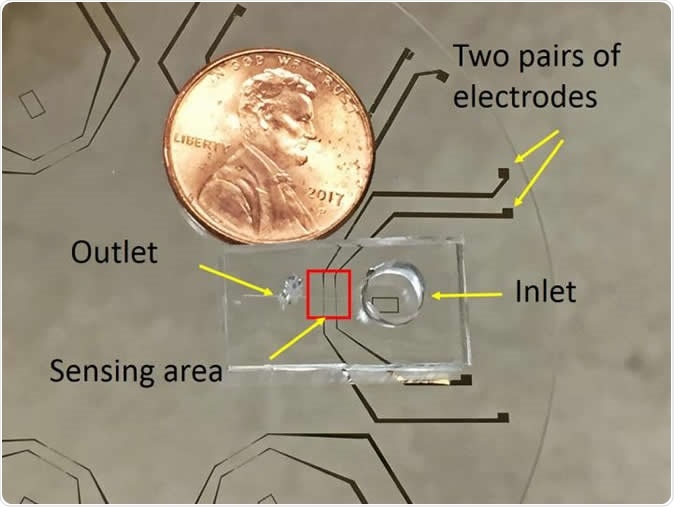Researchers have made a device that could sour the waters of the seas for microbes and also detect which of these could develop antimicrobial resistance. This could quantify the threat they pose to the ecosystems. This portable device and the trial with it were reported in the latest issue of the journal Scientific Reports. The study was titled, “Electrical impedance as an indicator of microalgal cell health.”
Researchers from Rutgers initially created this portable device to assess the algal growths and detect the microscopic features of these and the effects of pollution, changes in salinity, temperature and stress on the algal population and microbes. Research author Mehdi Javanmard, an associate professor in the Department of Electrical and Computer Engineering in the School of Engineering at Rutgers University-New Brunswick, in a statement said, “This is very important for environmental biology, given the effects of climate change and other stressors on the health of microorganisms, such as algae that form harmful blooms, in the ecosystem.”

This portable tool can rapidly reveal whether a cell is stressed, robust or unaffected by environmental conditions. Image Credit: Jianye Sui
They wrote, “Traditional methods usually require a large sample volume and a complex preparation process that may alter cell property during the sorting process.” This shows that the presently available methods need alternatives that are more effective and also selective for the needs.
His words were supported by co-author and professor in the Department of Biochemistry and Microbiology in the School of Environmental and Biological Sciences, who said, “Our goal was to develop a novel way of assessing cell health that did not rely on using expensive and complex genomic tools. Being able to assess and understand the status of cells, without having to send samples back to the lab, can allow the identification of threatened ecosystems based on a 'stress index' for their inhabitants.” First author of the study is an engineering doctoral student at Rutgers Jianye Sui and another of the authors is Fatima Foflonker who is a graduate of the microbial biology doctoral program.
The tool looked at the microalgal population of Picochlorum. This microalga has a quantifiable response to environmental conditions say the researchers. They wrote, “Picochlorum SE3 is a remarkably versatile coccoid green alga that can tolerate a wide salinity range.” They used this tool to assess the effects of environmental changes and stress on these algae. The cells of the algae were cultured in four different periods of time under different saline conditions. This would show the differences in the algal population based on the environmental differences. The device, the team explained, is a microscopically thin tube that has the diameter of a human hair. The microbes are passed through the tube one by one. Electrical field is used to see the amount of impedance that the cell shows while passing through the tube. Each type of cell shows different amount of impedance say the researchers adding that the size of the cell and its physiological state provide differences in impedance. The micro channel was called “polydimethylsiloxane (PDMS) microfluidic channel.” The instrument, wrote the researchers had two pairs of “coplanar golden electrodes deposited on a glass substrate” and the PDMS channel. The dimensions of the channel was “30 μm in width and 8 μm in height,” they wrote.
Results revealed that most of the cells conformed to normal size and physiology from the measurements. However some of the cells fell outside the normal limits and were called “outliers”. These outliers, the team wrote, were very important. These outliers, they explained were the cells that could maintain the size and shapes as well as permeability of the membranes to ions despite prolonged saline stress.
For this study they measured the impedance shown by the single cells and their population in a sample using their tool. This tool could also help them to detect levels of antibiotic resistance say the researchers. It could also help assess the levels of the bacteria within coral reefs and algal growths. This would provide clues regarding health of the reefs, they explained. The team believes that these electrical methods could be useful in a wide range of fields including, “disease diagnosis, environmental monitoring, food safety, and in applications such as cell identification and separation.”
The researchers wrote in conclusion, “Impedance flow cytometry enables measuring hundreds of cells in minutes to save analysis time.” They wrote that a small sample size is required for this analysis and the sample processing is also less complex. The preparation of the sample is also less complex, and this method could provide an opportunity for “rapid in situ analysis of cell phenotype”.
Journal reference:
Sui, J., Foflonker, F., Bhattacharya, D. et al. Electrical impedance as an indicator of microalgal cell health. Sci Rep 10, 1251 (2020). https://doi.org/10.1038/s41598-020-57541-6